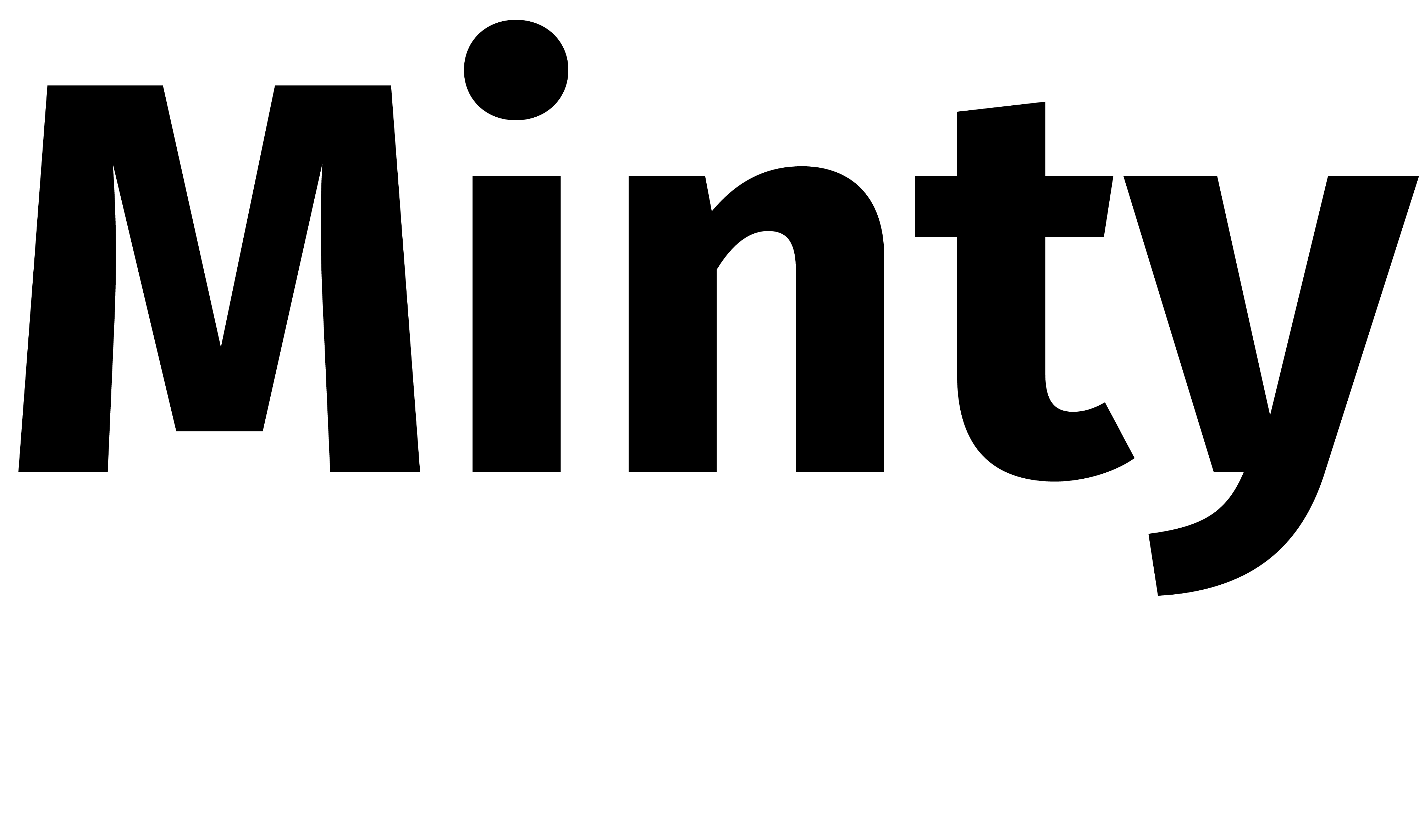After not increasing the maximum conforming loan limits on mortgages to be acquired by Fannie Mae and Freddie Mac for 10 years, the Federal Housing Finance Agency has now increased the conforming loan limit for the third straight year.
The FHFA announced Tuesday that it is increasing the conforming loan limit for Fannie and Freddie mortgages in nearly every part of the U.S.
According the FHFA, the conforming loan limits will rise from this year’s total of $453,100 to $484,350 for 2019. That’s an increase of 6.9% from this year’s loan limit to next year’s.
As stated above, this marks the third straight year that the FHFA has increased the conforming loan limits after not increasing them from 2006 to 2016.
Back in 2016, the FHFA increased the conforming loan limits from $417,000 to $424,100. Then, last year, the FHFA raised the loan limits from $424,100 to $453,100 for 2018. And now, the FHFA is doing it again, increasing the loan limit from $453,100 to $484,350 for 2019.
The conforming loan limits for Fannie and Freddie are determined by the Housing and Economic Recovery Act of 2008, which established the baseline loan limit at $417,000 and mandated that, after a period of price declines, the baseline loan limit cannot rise again until home prices return to pre-decline levels. But, as the FHFA noted earlier Tuesday, home prices are still on the rise, which necessitates a third straight yearly increase in the conforming loan limit.
The FHFA’s third quarter 2018 House Price Index report, which includes estimates for the increase in the average U.S. home value over the last four quarters, showed that home prices increased 6.9%, on average, between the third quarters of 2017 and 2018. Therefore, the maximum conforming loan limit in 2019 will increase by the same percentage to $484,350.
Loan limits will also be increasing in what the FHFA calls “high-cost areas,” where 115% of the local median home value exceeds the baseline loan limit. Under HERA, the maximum loan limit in those “high-cost areas” is calculated as a multiple of the area median home value, while setting a “ceiling” on that limit of 150% of the baseline loan limit.
According to the FHFA, median home values “generally increased” in high-cost areas as well in 2018, which drove an increase maximum loan limits in many areas. The new ceiling loan limit for one-unit properties in most high-cost areas will be $726,525, which is 150% of $484,350.
Per the FHFA, special statutory provisions establish different loan limit calculations for Alaska, Hawaii, Guam and the U.S. Virgin Islands. In those areas, the baseline loan limit will be $726,525 for one-unit properties.
“As a result of generally rising home values, the increase in the baseline loan limit, and the increase in the ceiling loan limit, the maximum conforming loan limit will be higher in 2019 in all but 47 counties or county equivalents in the U.S.,” the FHFA said.











Comments